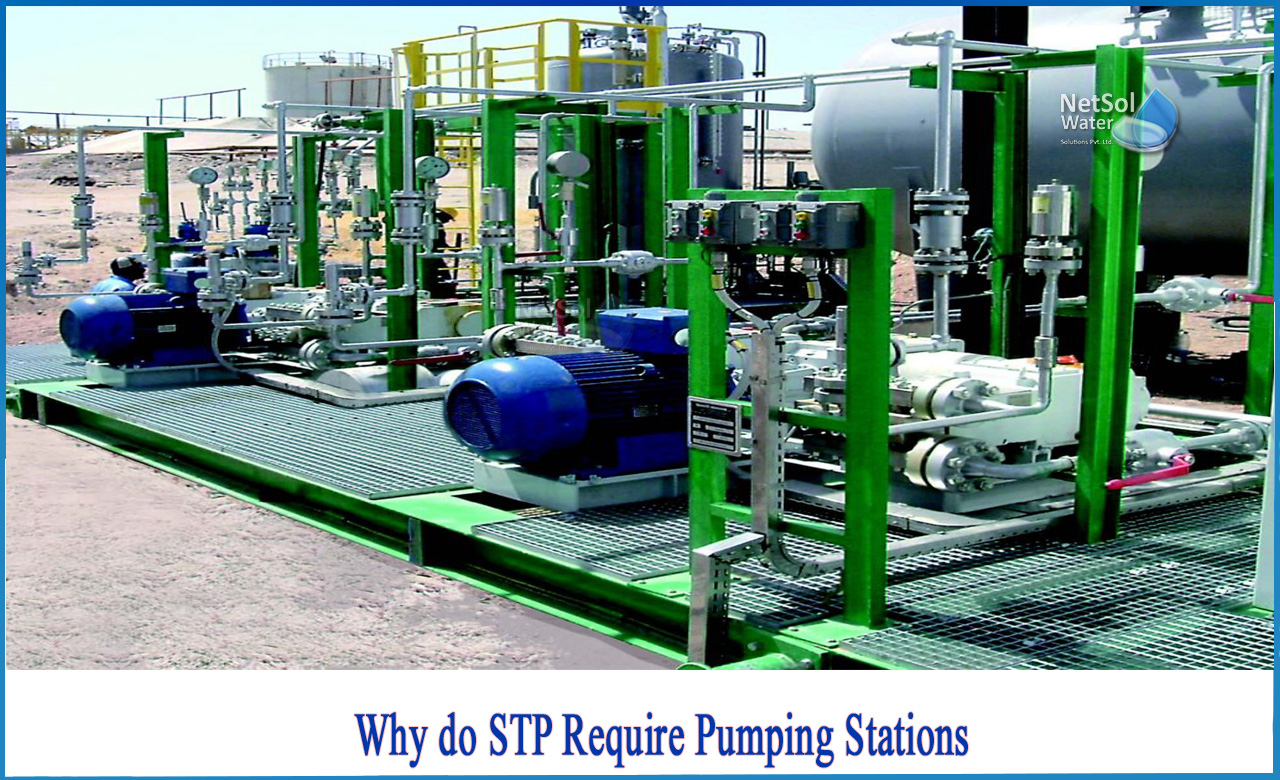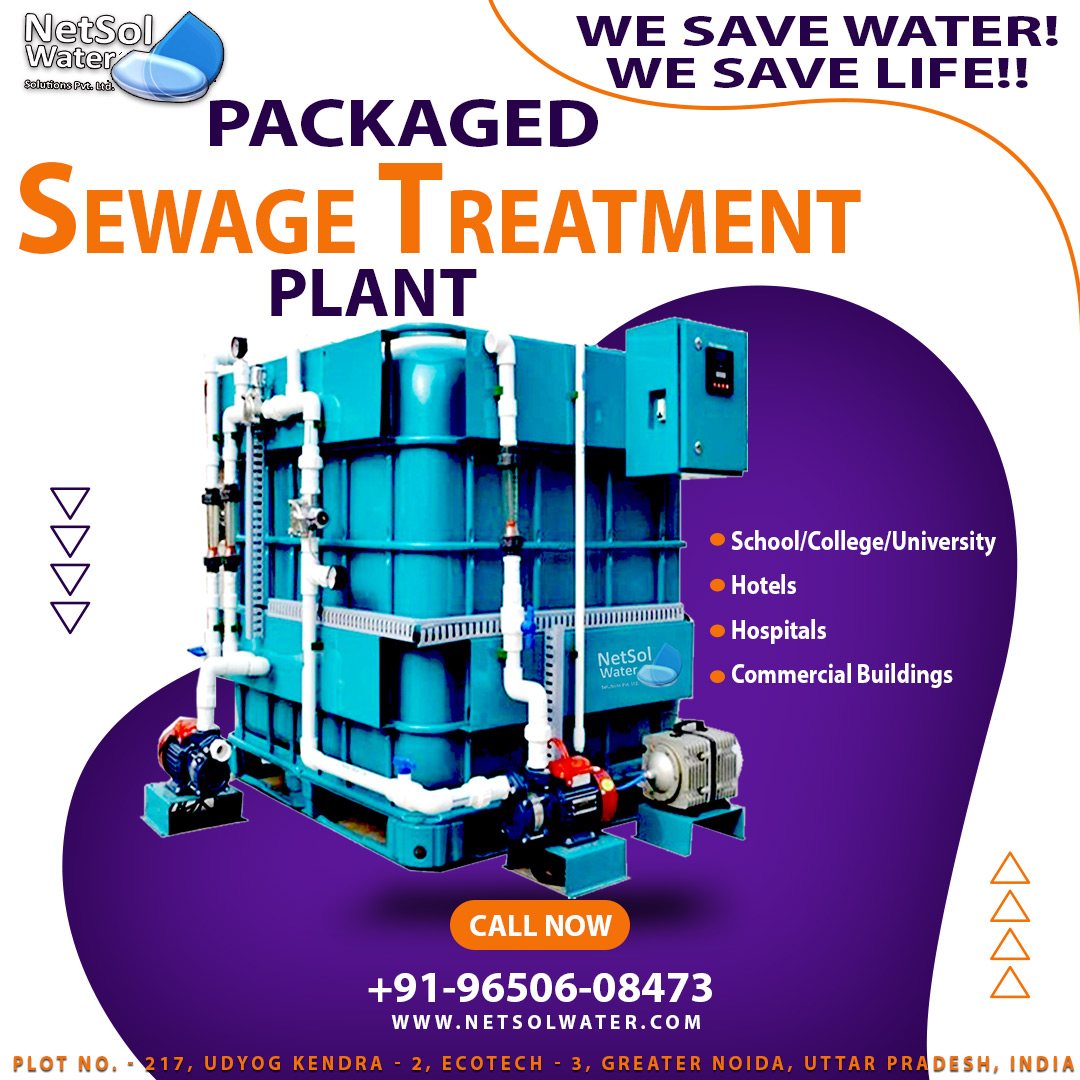What is sewage treatment plant?
Sewage treatment is a form of wastewater treatment that helps to eliminate contaminants from sewage in order to produce effluent suitable for discharge to the surrounding environment or reusable, thereby preventing water pollution from toxic sludge discharges.
How does sewage treatment plants function?
A sewage system is a network of pipes that transports sewage from homes and businesses to main sewers. Normally, the network of pipes relies on gravity to transport waste to the main sewer.
However, in low-lying areas where the main sewer is higher than the domestic sewage pipes, the sewage must be transported to the main sewer in a different manner. Sewer pumping stations come in handy in this situation.
What is pumping station?
Pumping stations, also known as lift stations in sewage collection systems, are designed to handle raw sewage fed by underground gravity pipelines. A pumping station consists of a large tank, known as a wet well, that receives sewage from a building or group of buildings.
Is there any need of pumping station for sewage treatment plants?
Sewer pumping stations are required when:
1) The existing topography and required minimum sewer grades result in deep sewers with high construction costs. The sewage is raised and then gravity transports it.
2) Basements are too low to allow sewage to be discharged to the main sewer.
3) Sewage must be transported across a ridge.
4) The sewage must be elevated in order for gravity flow through a treatment plant to occur.
5) Discharge outlets are below the receiving body of water's level.
6) There is currently no existing gravity system. A pumping station will allow for development and growth in accordance with the community plan in place.
How does pumping station works?
Sewage is pumped into and stored in an underground pit known colloquially as a wet well. To detect the level of sewage, electrical instrumentation is installed (and if necessary to activate an alarm if there are any technical problems). When the level reaches a predetermined level, a pump is activated to lift the sewage upward through a pressurised pipe system (sewer force main or rising main), from which it is discharged into a gravity manhole once more. The cycle then repeats itself until the sewage reaches its final destination, which is usually a treatment plant.
Applicability of pumping station:
Pumping stations are required whenever sewage must be lifted from a lower to a higher level. As a result, a well-built piping system (e.g., a conventional sewer system) and a treatment plant where wastewater can be properly treated are required. Furthermore, construction materials and spare parts are expensive and may be difficult to obtain locally.
Advantages of pumping station:
- A pump station is useful when installing a sewage system and has the potential to reduce construction costs.
- Remote monitoring systems are installed at pump stations to keep operators informed.
- Sewage is pumped automatically without human intervention, reducing the risk of health problems.
- Pumps of various sizes are available for both domestic and commercial applications.
- To prevent clogging, the intake of the pumps is frequently wide.
- Alarms are installed in sewage pumping systems to alert you to system problems. Since user is alerted quickly, the risk of sewage overflow is reduced.
Operation and maintenance of pumping station:
The majority of the system is computer or electronically monitored. Sensors monitor the sewage level in the wet wells and control the pumps. The supplier should maintain the pumps and monitoring unit on a regular basis.
Is there any health affects involved in pumping station?
In general, sewer system technology provides a high level of hygiene and comfort. It is even more secure if the sewerage is transported in a closed system and is capable of conveying higher elevations without any problems or directly involving workers.
For more information, contact Netsol Water.




